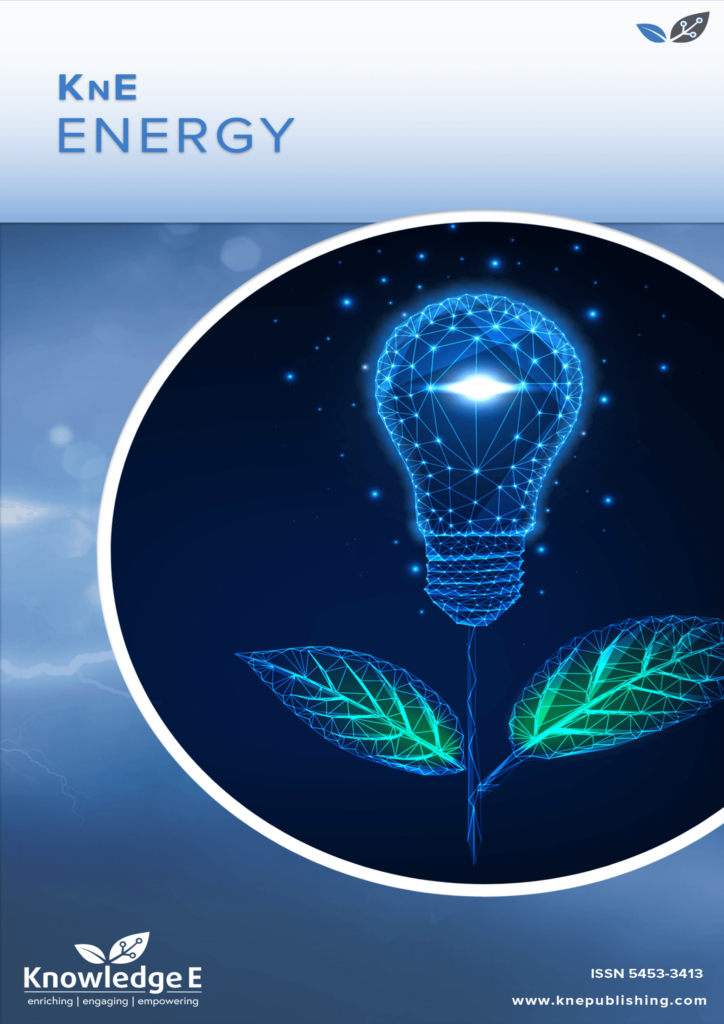
KnE Energy
ISSN: 2413-5453
The latest conference proceedings on energy science, applications and resources
Laser Printing of Gel Microdrops with Living Cells and Microorganisms
Published date: Apr 25 2018
Journal Title: KnE Energy
Issue title: VII International Conference on Photonics and Information Optics (PhIO)
Pages: 23–31
Authors:
Abstract:
We report the results of experiments on laser printing (wavelength λ=1064 nm) with gel microdrops acting as carriers of living microbial and cellular objects. The dynamics of transport processes with the help of high-speed optical video was studied, which allows to determine characteristics of the formed gel jets and to optimize the operating mode of the laser. It is shown that laser pulses of 4 to 20 ns duration and energy E ≤ 20 μJ should be used to minimize the negative effect on living systems. The results can be used to optimize the technologies of cellular printing and laser engineering of microbial systems (LEMS). LEMS technology is used to isolate hard-cultivated and non-cultivated by classical methods of microorganisms that can act as producers of new biologically active substances and antibiotics.
Keywords: laser printing, gel, microdrop, living cell, microbial
References:
[1] C. Unger, M. Gruene, L. Koch, J. Koch, and B. N. Chichkov, “Time-resolved imaging of hydrogel printing via laser-induced forward transfer,” Applied Physics A: Materials Science & Processing, vol. 103 no. 2, pp. 271-277, 2011.
[2] L. Koch, S. Kuhn, H. Sorg, M. Gruene, S. Schlie, R. Gaebel, and P.M. Vogt, “Laser printing of skin cells and human stem cells,” Tissue Engineering Part C: Methods, vol. 16, no. 5, pp. 847-854, 2009.
[3] P. Renaud, Y. Chen, Y. Deng, Z. Huang, and Z. Guo, “Single cell isolation process with laser induced forward transfer,” Journal of Biological engineering, vol. 11(1), p. 2, 2017.
[4] B. R. Ringeisen, K. Rincon, L. A. Fitzgerald, P. A. Fulmer, and P. K. Wu, “Printing soil: a single-step, high-throughput method to isolate micro-organisms and nearneighbour microbial consortia from a complex environmental sample,” Methods in Ecology and Evolution, vol. 6, no. 2, pp. 209-217, 2015.
[5] V I Yusupov, V S Zhigarkov, E S Churbanova, E A Chutko, S A Evlashin, M V Gorlenko, V S Cheptsov, N V Minaev, V N Bagratashvili, ”Laser-induced transfer of gel microdroplets for cell printing”, QUANTUM ELECTRON, 2017, 47 (12), 1158–1165, DOI: https://doi.org/10.1070/QEL16512
[6] V.P. Zharov, and V. S. Letokhov, “Laser optoacoustic spectroscopy,” Berlin-Springer, 1986.
[7] V. M. Chudnovskii„ V. I. Yusupov, A. V. E. Dydykin, V. I. Nevozhai, A. Y. Kisilev, S. A. Zhukov, and V.N. Bagratashvili, “Laser-induced boiling of biological liquids in medical technologies,” Quantum Electronics, vol. 47, no. 4, p. 361, 2017.
[8] V.S. Zhigarkov, V.I. Yusupov, S.I. Tsypina, and V.N. Bagratashvili, “Hydrodynamic effects in laser cutting of biological tissue phantoms,” Quantum Electronics, vol. 47, no. 10, p. 942, 2017.
[9] S. Shamaila, N. Zafar, S. Riaz, R. Sharif, J. Nazir, and S. Naseem, “Gold nanoparticles: an efficient antimicrobial agent against enteric bacterial human pathogen,” Nanomaterials, vol. 6, no. 4, p. 71, 2016.